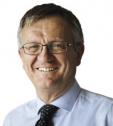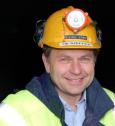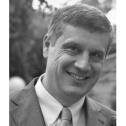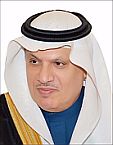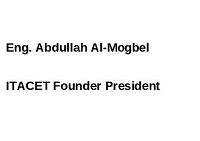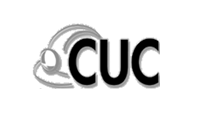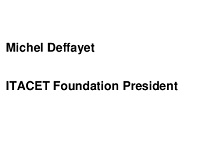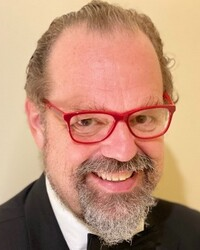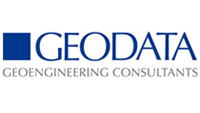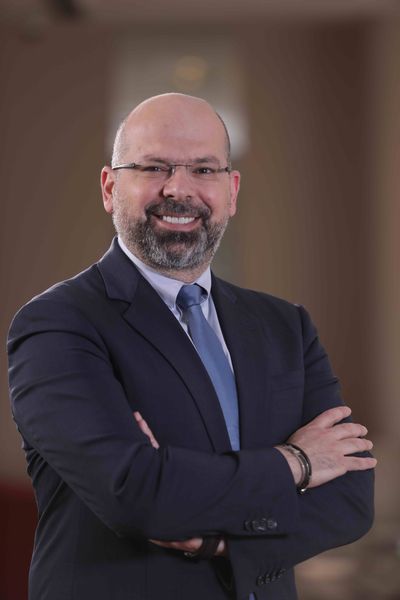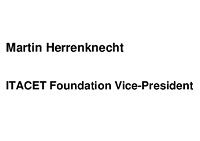
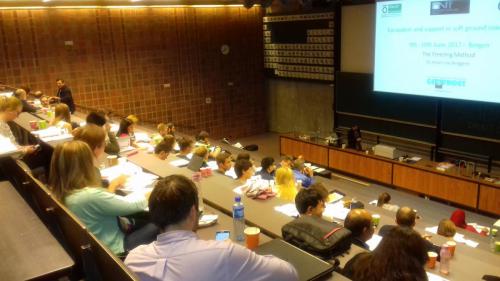 There has been an incredible worldwide development in soft ground tunnelling over recent years and many major ongoing tunnel projects involve difficult soft ground excavation. With this in mind, the 2017 WTC training course focussed on the topic of "Excavation and Support in Soft Ground Conditions".
There has been an incredible worldwide development in soft ground tunnelling over recent years and many major ongoing tunnel projects involve difficult soft ground excavation. With this in mind, the 2017 WTC training course focussed on the topic of "Excavation and Support in Soft Ground Conditions".
This two-day training course, co-organized by the Norwegian Tunnelling Society, the ITACET Foundation and the ITA-CET Committee, took place on the 9th-10th June 2017 at the University of Bergen, Norway. The course was aimed at both young professionals and students and attracted over 50 participants.
The international speakers included some of the most respected experts within their field, representing owners, suppliers and contractors. The welcome speech was given by Eivind Grøv, former President of the Norwegian Tunnelling Society (NFF), chief scientist at SINTEF and professor at the Norwegian University of Science and Technology (NTNU). Robert Galler, Chairman of the ITA-CET Committee and Sindre Log, WTC 2017 Programme Chair and Chairman of the ITA Young Members Group also addressed welcome messages to the attendees.
Lectures on the first day kicked off with a look at the geological aspects that define soft or challenging ground, presented by Bjørn Nilsen, Professor of engineering geology at NTNU. Former ITA President, Martin Knights, then provided a lively and entertaining look at the history of soft ground tunnelling from the 19th century to the present day. This was followed by lectures on the principles of conventional and mechanized tunnelling, given respectively by Nasir Munfah, Director of Global Tunneling at WSP - Parsons Brinckerhoff and Tim Babendererde of Babendererde engineers.
The morning's lectures rounded off by examining ground improvement methods used in conventional tunnelling such as high-pressure grouting, pipe umbrellas, jet grouting and freezing, presented by Eivind Grøv (NTNU) and Anne-Lise Berggren (Geofrost).
After a relaxed and informal lunch enabling the participants to mingle and further question the speakers, the afternoon session started with a look at specific aspects of mechanized tunnelling. Presentations on the different types of TBM and the choice of TBM drew strong interest from the participants and sparked various questions, which the lecturers Tim Babendererde (pictured centre right below) and Brad Grothen from Robbins (pictured centre left below) took time to answer.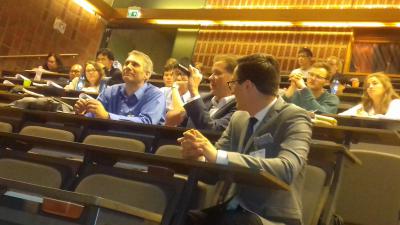 Professor Robert Galler from the University of Leoben, Austria, then gave an insight into the best choice of excavation method for the project in question.
Professor Robert Galler from the University of Leoben, Austria, then gave an insight into the best choice of excavation method for the project in question.
A varied panel of experts presented highly interesting case studies such as the Seattle Alaskan Way Tunnel (Nasir Munfah: Parsons Brinckerhoff), the Hallandsas Rail Tunnel in Sweden, (François Renault: Vinci), the Žilina two-lane twin-tube highway tunnel in Slovakia (R. Karel) and challenging tunnel projects in San Paolo, Brazil (Piergiorgio Grasso: President of Geoconsult and Vice Presdient of the ITACET Foundation).
Picured below from left to right: Nasir Munfah, Piergiorgio Grasso, Martin Knights, Tim Babendererde, Anne-Lise Berggren, R. Karel, Claude Berenguier, Sindre log, Robert Galler, Brad Grothen, François Renault and Eivind Grøv.
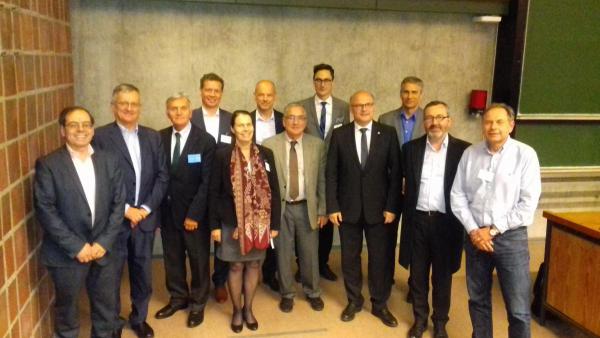
The second day, chaired by Michel Deffayet, Vice-Chairman of the ITA-CET Committee (pictured below), kicked off with a look at some soft ground/ challenging projects underway in Norway, presented by Professor Amund Bruland (NTNU). The importance of geotechnical investigations in soft ground were highlighted in lectures given by both Elena Chiriotti (animateur of ITA Working Group 2) and Piergioggio Grasso (Geoconsut), with the the former focussing on specific challenges that arise in urban environments.
Felix Amberg (President of Amberg Engineering and Secretary and Treasurer of the ITACET Foundation) then went on to present the main design parameters in conventional tunnelling, followed by a highly entertaining presentation on Settlement control using soil conditioning in EPB tunnelling, given by Professor Daniele Peila, from the Politecnico di Torino, which had the audience captured.
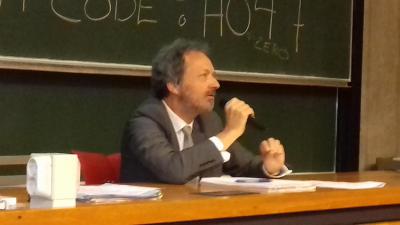 Representatives from Normet, Mapei, Sika, ASF and Bekaert informed the participants of recent technological developments in bolting and support installation, grouting and soil reinforcement, shotcrete and immediate support, waterproofing, and fibre-reinforced linings.
Representatives from Normet, Mapei, Sika, ASF and Bekaert informed the participants of recent technological developments in bolting and support installation, grouting and soil reinforcement, shotcrete and immediate support, waterproofing, and fibre-reinforced linings.
An open panel discussion amongst the experts then took place, with a lively debate on various topics such as "how to make tunnel construction more eco-friendly" or "the limits of design and calculation methods in risk management". Interaction with the audience was encouraged and attendees were able to put questions to the speakers via Slido, a participative online tool.
The ITA President Mr Tarcisio Celestino ended the two-day training session with a talk on the sometimes misleading information that is published on the carbon footprint of tunnel construction, stressing that in many cases tunnels can actually leave a lower carbon footprint than other solutions.
On behalf of Eng. Abdullah Al-Mogbel, the ITACET Foundation's President, Mr Claude Berenguier, Executive Director of the Foundation, ensured that before leaving, the participants received a certificate of participation and the course proceedings. Evaluation forms handed in by the participants at the end of the course indicate that the training session was highly appreciated and provided valuable up-to-date knowledge on key issues surrounding soft ground tunnelling.
The ITACET Foundation would like to thank all the lecturers who gave up their time to take part in this course.
ITA Lecturers



